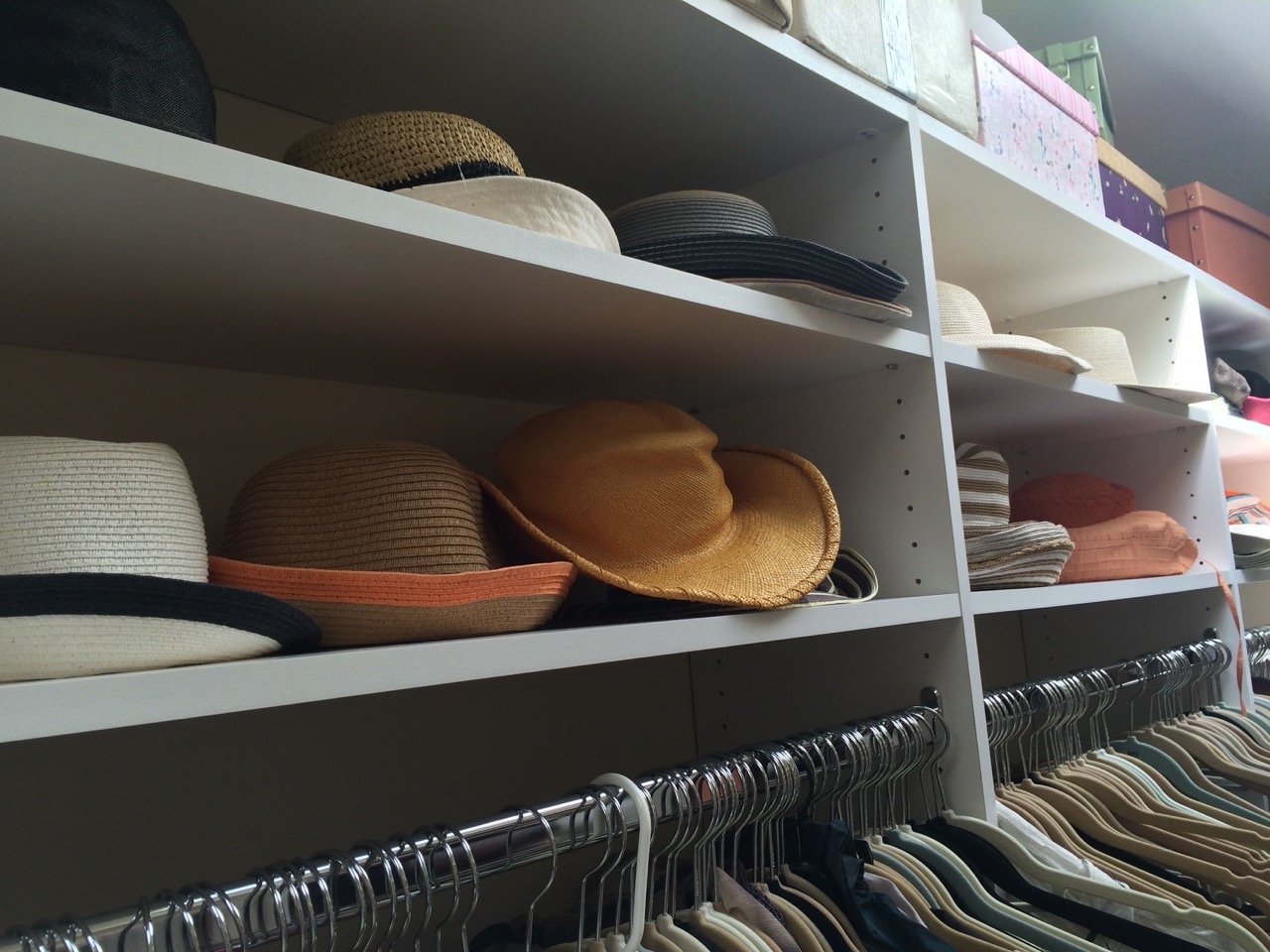

Articles
How To Store Hats In Closet
Modified: October 27, 2024
Learn the best strategies for storing your hats in the closet with these helpful articles. Keep your hats organized and protected while maximizing your closet space.
(Many of the links in this article redirect to a specific reviewed product. Your purchase of these products through affiliate links helps to generate commission for Storables.com, at no extra cost. Learn more)
Introduction
When it comes to accessories, hats are a timeless and versatile choice. They not only add a touch of style to any outfit, but they also serve a functional purpose by protecting us from the sun, rain, and cold weather. However, storing hats in a closet can often pose a challenge. Without the right organization and care, hats can become misshapen, dusty, or even damaged.
In this article, we will explore the various methods and tools you can use to store your hats in a closet in a way that not only keeps them organized but also maintains their shape and quality. From assessing your hat collection to choosing the right storage solutions, we’ll guide you through the process of storing your hats properly.
By following these tips, you can ensure that your hats remain in great condition and are readily accessible whenever you need to complete your outfit or shield yourself from the elements. So let’s dive in and learn how to store hats in a closet effectively.
Key Takeaways:
- Keep your hat collection organized by assessing, sorting, and choosing the right storage solutions. Group hats by style or occasion for easy access and utilize accessories to maintain their quality and condition.
- Create a climate-controlled environment for hat storage to preserve their shape and condition. Regular cleaning, proper handling, and rotation of usage will ensure your hats remain in excellent condition for years to come.
Read more: How To Store Hats
Assessing Your Hat Collection
Before diving into the actual storage methods, it’s essential to assess your hat collection. Take inventory of the hats you own and consider factors such as the types of hats, their materials, and your personal preferences. This assessment will help you determine the most suitable storage options.
First, consider the different types of hats you own. Are they wide-brimmed hats, baseball caps, beanies, fedoras, or something else? Different hat types may require different storage solutions. For example, floppy hats with wide brims may not work well with hanging hooks, while smaller hats like beanies could be easily stored on shelves or in boxes.
Next, think about the materials of your hats. Some hats, such as straw or felt hats, are more delicate and might require extra care in storage. Knowing the materials of your hats will help you select appropriate storage methods that will preserve their shape and condition.
Finally, consider your personal preferences and how often you wear each hat. If you have hats that you rarely wear, you might want to prioritize storing them in a way that protects them from dust and damage, while keeping your frequently worn hats easily accessible.
By assessing your hat collection, you can better understand its unique characteristics and tailor your storage approach accordingly.
Sorting Hats by Type
Once you have assessed your hat collection, the next step is to sort your hats by their types. This will not only make it easier to find specific hats but also help you determine the most suitable storage solutions for each type.
Start by grouping similar hat types together. For example, separate your wide-brimmed hats from your baseball caps and your fedoras from your beanies. This can be done by creating separate piles or designated areas within your closet. Consider using dividers or labels to clearly mark each section.
Sorting hats by type serves multiple purposes. Firstly, it helps you see the full extent of your hat collection and identify any duplicates or unused hats that you may want to donate or give away. Additionally, it makes it easier to determine which hats require specific storage solutions due to their size, shape, or material.
By keeping your hat collection organized and sorted by type, you’ll be able to access your hats more effortlessly and take better care of them. It also allows you to appreciate each hat style you own and make informed choices when it comes to storing and selecting hats for different occasions.
Choosing the Right Storage Solution
Once you have sorted your hats by type, it’s time to select the appropriate storage solutions to keep them organized and well-maintained. There are several options available, depending on the space you have in your closet and the specific needs of your hat collection.
Hat Boxes: Hat boxes are a classic and elegant storage solution. They are especially suitable for storing delicate hats such as straw hats or vintage pieces. Look for hat boxes that are spacious enough to accommodate your hats without compromising their shape. Opt for sturdy boxes with proper ventilation to prevent the growth of mold or mildew.
Hanging Hooks: Hanging hooks are a convenient option if you have limited shelf or drawer space. Look for hooks that are specifically designed for hats, with features like adjustable hooks or clips that hold the hats securely in place. Hang your hats by their brim or crown to maintain their shape. Avoid overcrowding the hooks to ensure that the hats have enough airflow.
Hat Racks: Hat racks are a versatile option that allows you to display and store your hats. Look for hat racks with multiple tiers or hooks to accommodate different hat styles. Ensure that the racks are sturdy enough to hold the weight and shape of your hats without causing them to deform.
Shelf and Cubby Storage: If you have enough shelf or cubby space in your closet, this can be an easy and convenient method for storing hats. Use individual cubbies or designated sections on the shelves to keep hats separated and prevent them from getting squashed or misshapen. Consider lining the shelves with soft fabric or using dividers to provide additional protection.
When choosing a storage solution, consider the available space in your closet, the number of hats you have, and the specific needs of your hats. It’s also important to prioritize storage options that maintain the shape and condition of your hats while allowing easy access to them.
Remember, the ideal storage solution may vary depending on your personal preference and the characteristics of your hat collection. Take your time to evaluate the suitable options, and don’t hesitate to combine different storage methods to create a tailored solution that works best for you.
Hat Boxes
Hat boxes are a classic and effective way to store and protect your hats in a closet. These boxes come in various sizes and styles, allowing you to choose the best fit for your hat collection.
When selecting hat boxes, look for ones that are spacious enough to accommodate your hats without squashing them. The boxes should have enough room for the hats to retain their shape and not be crowded together. It’s important to consider the size and shape of your hats when choosing the appropriate box size.
Sturdy and durable hat boxes are essential to ensure the long-term protection of your hats. Look for boxes made from materials such as cardboard, plastic, or wood, as they provide adequate support and protection against dust, moisture, and potential damage. Additionally, choose hat boxes with proper ventilation to prevent the growth of mold or mildew.
Many hat boxes come with handles or straps for easy transportation. This feature is particularly useful if you need to transport your hats or if you have limited closet space and need to store your hats in other areas of your home.
Organizing your hats within hat boxes is equally important. Consider using tissue paper or acid-free archival paper to stuff the hats and help them maintain their shape during storage. If you have multiple hats in one box, place a layer of tissue paper between each hat to prevent any contact or rubbing that could cause damage or deformity.
Labeling your hat boxes is a great way to quickly identify and access specific hats. Use labels or tags to indicate the type of hat or occasion it’s suitable for. This will save you time when choosing the perfect hat to complement your outfit.
Finally, store your hat boxes in a dry and cool area of your closet to maintain the quality of the hats. Avoid placing them near direct sunlight or in areas prone to temperature fluctuations.
Using hat boxes not only protects your hats from dust and damage but also adds a touch of elegance to your closet. They allow you to store your hats in an organized manner while preserving their shape and condition over time. With proper care and storage, your hats will be ready to be worn and enjoyed whenever the occasion arises.
Read more: How To Store A Hat
Hanging Hooks
Hanging hooks are a convenient and space-saving storage solution for hats in a closet. They allow you to keep your hats organized and easily accessible, while also maintaining their shape and condition.
When choosing hanging hooks for your hats, look for hooks that are specifically designed for this purpose. These hooks typically have a curved or rounded shape that can hold hats securely without causing them to lose their shape or become misshapen.
Adjustable hooks are an excellent option as they provide flexibility in terms of height and angle. This allows you to customize the hanging position of each hat to ensure proper display and easy access.
It’s essential to hang your hats by their brim or crown to maintain their shape. Avoid hanging hats by their straps or chin cords, as this can stretch and distort the hats over time.
When hanging your hats, make sure to allow sufficient space between each hat to ensure adequate airflow. Overcrowding the hooks can lead to hats getting squashed or becoming wrinkled. Proper airflow also prevents moisture buildup, reducing the risk of mold or mildew formation.
If you have a large hat collection, consider grouping similar hats together on separate hooks. This allows for easier organization and selection when choosing your hat for the day. For example, you can allocate one hook for wide-brimmed hats, another for baseball caps, and so on.
Additionally, you can install multiple rows of hooks at different heights to maximize the storage capacity of your closet. This not only provides more hanging space but also adds a visually appealing display for your hats.
Remember to place the hanging hooks in an area of your closet that is easily accessible and does not obstruct other clothing or storage items. This ensures that you can quickly and conveniently select your preferred hat without any hassle.
Hanging hooks are a practical and efficient storage solution for hats. They allow you to keep your hats organized, visible, and easily accessible while preserving their shape and quality. With the right hooks and proper hanging techniques, you can proudly display your hat collection and effortlessly complete your outfits with the perfect headwear.
Hat Racks
Hat racks are a versatile storage solution that not only keeps your hats organized but also adds a decorative element to your closet. Hat racks come in various designs and sizes, allowing you to choose the one that fits your space and complements your aesthetic preferences.
When selecting a hat rack, look for one that is sturdy and can support the weight of your hats without bending or sagging. It’s important to choose a rack that is specifically designed for hats, as it will have features such as wide hooks or prongs to securely hold the hats in place.
Consider the number of hats you have when choosing the size and capacity of your hat rack. If you have a large hat collection, opt for a rack with multiple tiers or hooks to accommodate all your hats. This will ensure that each hat has enough space and does not get crowded or affect the shape of neighboring hats.
Some hat racks come with additional features such as shelves or compartments where you can store small accessories like scarves or gloves. This can be a convenient way to keep all your hat-related items neatly organized in one place.
When placing your hats on a hat rack, be mindful of their shape and size. For hats with wide brim, make sure the hooks or prongs are wide enough to accommodate the brim without causing any distortion. For hats with a structured shape, look for racks that provide enough room for them without crushing the crown or causing any deformation.
It’s important to regularly dust and clean your hat rack to maintain the cleanliness of your hats. Dust buildup on the rack can transfer onto your hats and affect their appearance. Use a soft cloth or brush to gently remove any dust or debris from the rack regularly.
Lastly, position your hat rack in a place that allows easy access and visibility. Consider placing it near the entrance of your closet or in a prominent spot where you can easily see and choose your hats for the day.
Hat racks not only provide a practical storage solution but also serve as a stylish display for your hat collection. They allow you to showcase your hats while keeping them organized and easily accessible. By choosing a hat rack that suits your needs and style, you can add a touch of elegance and functionality to your closet space.
Store hats in your closet by using a hat organizer or hooks to keep them off the floor and maintain their shape. Avoid stacking hats on top of each other to prevent damage.
Shelf and Cubby Storage
Shelf and cubby storage is a versatile and customizable option for storing hats in a closet. It allows you to efficiently utilize the available space while keeping your hats organized and easily accessible.
When using shelf and cubby storage for hats, ensure that the shelves or cubbies are appropriately sized to accommodate your hats without squishing or distorting them. Consider the size and shape of your hats when determining the spacing between shelves or dividers.
If you opt for open shelves, it’s advisable to line them with soft fabric or use dividers to provide a cushioning layer for your hats. This helps prevent any potential scratching or damage to the hats while they are stored. Additionally, fabric lining can add a touch of elegance and protect hats made from delicate materials like straw or felt.
Cubbies are an excellent option for storing hats individually and keeping their shapes intact. Assign each hat its own cubby, ensuring enough space for the hat to comfortably fit without any compression. Labeling the cubbies can help you quickly distinguish between different types or styles of hats.
You can also use shelf and cubby storage for hat organization by grouping hats based on style, occasion, or frequency of use. For example, dedicate a shelf or cubby for your summer hats, another for your winter hats, and one for your special occasion hats. This way, you can easily find and retrieve the hat you need without any hassle.
In addition to storing hats, shelves and cubbies can also be used to store other hat accessories, such as scarves, gloves, or small hat care items. This further organizes your hat-related items in one designated area, making it convenient and efficient when getting ready.
It’s important to keep your shelves and cubbies clean and dust-free. Regularly wipe them down with a soft cloth or use a handheld vacuum to remove any dust or debris. This helps maintain the cleanliness of your hats and prevents any potential transfer of dirt or dust onto them.
Shelf and cubby storage is a flexible and practical solution for storing hats. It allows you to customize the organization of your hats while optimizing the available space in your closet. With proper care and organization, your hats will be neatly stored and readily accessible whenever you want to add a finishing touch to your outfit.
Organizing Hats within Storage Solutions
Once you have chosen the appropriate storage solution for your hats, it’s crucial to organize them effectively within that storage space. Proper organization not only ensures easy access to your hats but also helps maintain their shape and condition. Here are some tips for organizing hats within different storage solutions:
Hat Boxes: When using hat boxes, consider arranging your hats in a way that prevents them from being stacked or pressed against each other. Place larger hats at the bottom and stack smaller hats on top if necessary. You may also use tissue paper or archival paper to stuff the hats and help them maintain their shape. Label each hat box to identify the contents and make it easier to find the desired hat.
Hanging Hooks: If you have hats stored on hanging hooks, organize them by type or style. Group similar hats together, such as wide-brimmed hats, baseball caps, or beanies. This allows for quick and easy selection when picking out a hat for the day. You can also arrange them by color or from casual to formal to further streamline your choices.
Hat Racks: When using a hat rack, consider displaying your hats in a visually appealing way while keeping them accessible. Arrange your hats based on their style or occasion. You can group fedoras together, place wide-brimmed hats on one side, and organize beanies or baseball caps on another. This not only saves space but also adds a decorative element to your closet.
Shelf and Cubby Storage: Utilize the cubbies or shelves to separate and categorize your hats. You can designate specific areas for different types of hats, such as one shelf for summer hats, another for winter hats, and so on. Use dividers or labels to distinguish between various colors, materials, or occasions.
Regardless of the storage solution, label the containers or sections to make it easy to find the hat you’re looking for. This is especially useful if you have a large hat collection or frequently rotate your hats based on the season or event.
By organizing your hats within the different storage solutions, you can enjoy a well-maintained collection that is easy to navigate. This organization ensures that your hats remain in good condition and can be effortlessly accessed whenever you want to add style or functionality to your ensemble.
Read more: How To Store Fitted Hats
Grouping Hats by Style or Occasion
One effective way to organize your hat collection is by grouping them based on their style or occasion. This method allows for easy selection and ensures that you can quickly find the right hat to match your outfit or the specific event you’re attending. Here’s how you can group your hats:
Style: Grouping hats by style is particularly helpful if you have a variety of hat types in your collection. Separate your wide-brimmed hats, fedoras, baseball caps, beanies, berets, and other styles into different sections or containers. This way, you can easily locate the style you want to wear without having to sift through hats that may not suit the look you’re going for.
Occasion: Another way to organize your hats is by categorizing them based on occasion. Create divisions for casual hats, formal hats, and hats for specific events or activities. For example, you can separate your everyday hats for casual outings from your dressier hats for special occasions like weddings or parties. This allows you to quickly find the appropriate hat for the occasion without any hassle.
When grouping hats by style or occasion, it’s important to keep in mind your personal preferences and how you tend to wear your hats. Consider which hats you wear most frequently and which ones are more occasional accessories. This can help you allocate storage space accordingly and prioritize easy access to your go-to hats.
Labeling or tagging each group of hats can be immensely helpful in maintaining organization. Add labels or tags to each container or section indicating the style or occasion of the hats inside. This way, you can easily glance at your collection and find the right hat without having to search through each one individually.
Grouping hats by style or occasion not only saves you time and effort in finding the right hat but also allows you to curate your outfits more effectively. It enables you to showcase your individual style while ensuring that your hat collection remains well-organized and easily navigable. So, whether you’re looking for a trendy hat for a casual outing or an elegant hat for a special event, you’ll be able to find the perfect hat with ease.
Utilizing Hat Accessories
When it comes to hat storage and organization, don’t forget about the accessories that can enhance your hats and keep them in top condition. Utilizing hat accessories can help you maintain the shape, cleanliness, and overall longevity of your hats. Here are a few essential hat accessories to consider:
Hat Brushes: Hat brushes are designed specifically for cleaning and maintaining the appearance of hats. They have soft bristles that can gently remove dust and dirt from the surface of the hat without causing any damage. Regular brushing with a hat brush can help keep your hats looking fresh and clean.
Hat Stands: Hat stands are an excellent accessory for storing and displaying hats. They provide a structure for the hat to rest on, preserving its shape when not in use. Hat stands are particularly useful for wide-brimmed hats or hats with delicate materials that are susceptible to losing their shape when stored flat.
Hat Sizers: If you find that some of your hats are slightly loose or don’t fit perfectly, hat sizers can be a lifesaver. These adhesive pads or strips can be placed inside the sweatband of the hat to adjust the fit and make it more comfortable to wear. Hat sizers come in different thicknesses, allowing you to customize the fit based on your preference.
Hat Storage Bags: Hat storage bags are designed to protect hats from dust, light, and potential damage when not in use. These bags usually feature a soft lining and a drawstring closure to keep your hats safely enclosed. When using hat storage bags, make sure your hats are clean and dry to prevent any moisture buildup.
Hat Scarves and Bands: Hat scarves or bands are both functional and fashionable accessories. They can be wrapped around the base or crown of a hat, adding a decorative touch while also providing additional protection against sun exposure. Hat scarves and bands come in various colors and materials, allowing you to match them to your outfits or style preferences.
Hat Boxes or Containers: We discussed hat boxes earlier, but it’s worth mentioning them again as a useful accessory for protecting hats during travel or long-term storage. Hat boxes or containers made specifically for hats are designed to provide extra cushioning and protection to ensure your hats maintain their shape and condition.
By utilizing these hat accessories, you can prolong the life of your hats and keep them in optimal condition. Whether it’s cleaning with a hat brush, storing on a hat stand, adjusting the fit with hat sizers, or protecting with storage bags, these accessories will complement your hat storage methods and enhance your overall hat-wearing experience.
Keeping Hats Clean and Maintained
Regular cleaning and maintenance are essential to ensure that your hats stay in optimal condition and maintain their appearance over time. Here are some tips to help you keep your hats clean and well-maintained:
Brushing: Dust and debris can accumulate on the surface of your hats, affecting their appearance. Use a soft-bristled hat brush to gently remove any dust or dirt from the hats. Brush the hat in a counter-clockwise motion to lift away debris without damaging the fabric or materials. Regular brushing helps keep your hats looking fresh and clean.
Spot Cleaning: For minor stains or spots, spot cleaning can be effective. Use a mild detergent or hat cleaner specifically designed for the type of hat material you have. Apply a small amount of cleaner to a clean cloth and gently blot the stained area. Avoid rubbing vigorously, as this can spread the stain or damage the fabric. After spot cleaning, allow the hat to air dry completely before storing or wearing it.
Handling with Clean Hands: To prevent transferring dirt or oils onto your hats, always handle them with clean hands. Oils from your hands can leave marks or stains on the hat material, so it’s important to wash and dry your hands thoroughly before handling your hats.
Storing Hats Properly: Proper storage is key to maintaining the shape and condition of your hats. Follow the storage solutions we discussed earlier, such as using hat boxes, hanging hooks, hat racks, or shelf and cubby storage. Avoid stacking heavy items on top of hats or placing them in a crowded space that can deform or damage the hats.
Avoid Excessive Moisture: Moisture can lead to mold or mildew growth and can cause damage to your hats. Avoid wearing hats in heavy rain or excessive humidity. If your hats get wet, gently reshape them to their original form and allow them to air dry in a well-ventilated area, away from direct heat or sunlight. Consider using hat waterproofing sprays to add an extra layer of protection for hats made from certain materials.
Rotating Usage: To prevent excessive wear and tear on specific hats, rotate the usage of your hats. This allows them to “rest” between wears and helps prolong their lifespan. By rotating your hats, you distribute the usage and minimize the risk of any one hat becoming worn out too quickly.
Professional Cleaning: For hats made from delicate materials or those that require specialized cleaning, it’s best to consult a professional hat cleaner. They have the expertise and specialized equipment to clean and restore hats without causing any damage. If you’re unsure about cleaning a particular hat yourself, it’s always safer to seek professional assistance.
By following these cleaning and maintenance tips, you can ensure that your hats stay clean, fresh, and in good condition for years to come. Regular care and attention will help preserve the appearance and quality of your hats, allowing you to enjoy wearing them for various occasions.
Storing Hats in a Climate-Controlled Environment
Creating a climate-controlled environment for storing your hats is crucial in maintaining their quality and prolonging their lifespan. Extreme temperatures, humidity, and fluctuating conditions can negatively impact the condition and shape of your hats over time. Here are some guidelines for storing hats in a climate-controlled environment:
Temperature Control: Hats are sensitive to temperature extremes. Avoid storing hats in areas that are subject to high heat or extreme cold, such as attics, basements, or storage spaces without climate control. Ideally, the temperature should be kept between 60°F to 70°F (15°C to 21°C) to prevent any potential damage to the materials and shape of the hats.
Humidity Control: Excess humidity can lead to mold, mildew, and moisture damage, while low humidity can cause materials to dry out and become brittle. Aim for a humidity level between 40% to 50% in your storage area. If the air is too humid, consider using dehumidifiers to remove excess moisture. Conversely, if the air is too dry, use humidifiers or place a small container with water near the hats to increase the humidity slightly.
Avoid Sunlight Exposure: Direct sunlight can fade the colors and weaken the materials of your hats. It’s best to store your hats away from windows or areas with direct sunlight. If your storage space has windows, consider using curtains or blinds to block the harsh sunlight. If you must display your hats in a sunlit area, use UV-protective coverings or consider rotating the display periodically to minimize exposure.
Adequate Ventilation: Proper airflow and ventilation are crucial for preventing the growth of mold or mildew. Make sure your storage area has good ventilation to allow fresh air to circulate and prevent any moisture buildup. Avoid storing your hats in sealed plastic bags or airtight containers, as this can trap moisture and lead to mold growth.
Clean Environment: Keep your storage area clean and free from dust, as dust particles can settle on hats and affect their appearance. Regularly dust and clean the storage shelves, hooks, or boxes to prevent any transfer of dust onto the hats. Use a soft cloth or a handheld vacuum to remove dust gently.
Avoid Pests: Protect your hats from pests such as moths or insects that can cause damage. Keep your storage area clean and free from food debris, and consider using natural pest deterrents like lavender sachets or cedar blocks to repel pests. Periodically inspect your hats for any signs of pest activity and take appropriate measures to address the issue if necessary.
By ensuring a climate-controlled environment for your hat storage, you can preserve the quality and longevity of your hats. Proper temperature, humidity, ventilation, and cleanliness will help maintain the shape, color, and overall condition of your hats, allowing you to enjoy them for years to come.
Read more: How To Store Caps And Hats
Conclusion
Storing hats in a closet doesn’t have to be a daunting task. With the right organization and storage solutions, you can keep your hats well-maintained, easily accessible, and protected from dust, damage, and the elements. Here’s a summary of the key points discussed in this article:
Assess your hat collection by considering the types of hats you own, their materials, and your personal preferences. This will help you determine the most suitable storage options.
Sort your hats by type to make it easier to find specific hats and determine the storage solutions that work best for each type.
Choose the right storage solution for your hats, such as hat boxes, hanging hooks, hat racks, or shelf and cubby storage. Consider the available space in your closet and the needs of your hat collection.
Organize your hats within the storage solutions by grouping them by style, occasion, or other relevant categories. Label each section or container for easy identification.
Utilize hat accessories like brushes, stands, sizers, storage bags, scarves, and bands to keep your hats clean, well-maintained, and protected.
Regularly clean and maintain your hats by brushing, spot cleaning, handling with clean hands, and using professional cleaning services when necessary.
Create a climate-controlled environment for storing your hats to protect them from extreme temperatures, humidity, sunlight exposure, and moisture damage.
By following these tips, you can ensure that your hat collection remains in excellent condition, ready to be worn and enjoyed whenever you need that perfect accessory to complete your outfit or protect you from the elements.
Remember that hat storage is a personalized process, and what works for one person may not work for another. Take into account your hat collection, available space, and personal preferences when implementing these storage and organization techniques in your closet.
With proper care and organization, your hats will not only be well-preserved but will also add style and personality to your closet space. So go ahead, organize your hats, and embrace the joy of having a neat, accessible, and well-kept hat collection!
Frequently Asked Questions about How To Store Hats In Closet
Was this page helpful?
At Storables.com, we guarantee accurate and reliable information. Our content, validated by Expert Board Contributors, is crafted following stringent Editorial Policies. We're committed to providing you with well-researched, expert-backed insights for all your informational needs.

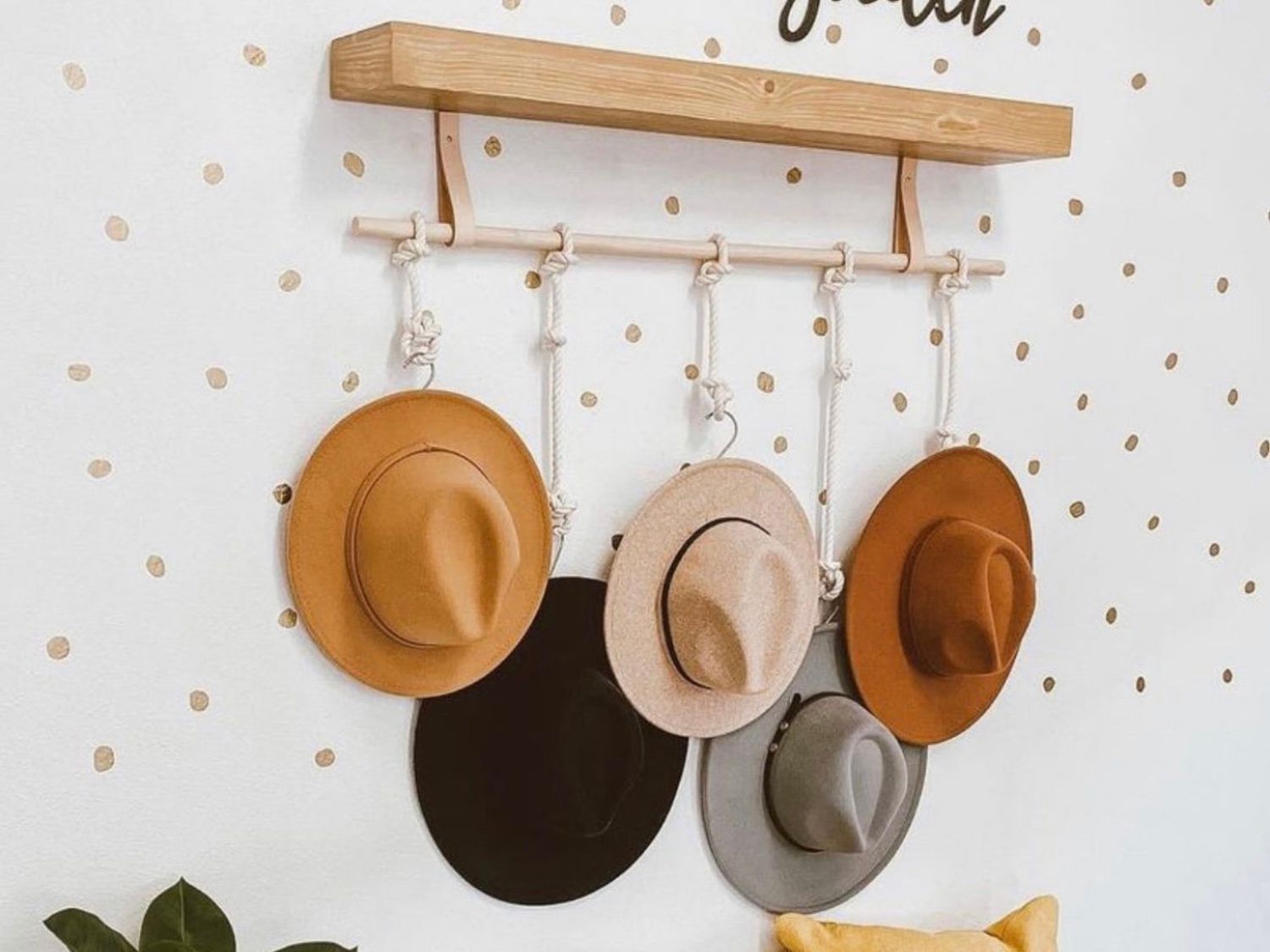
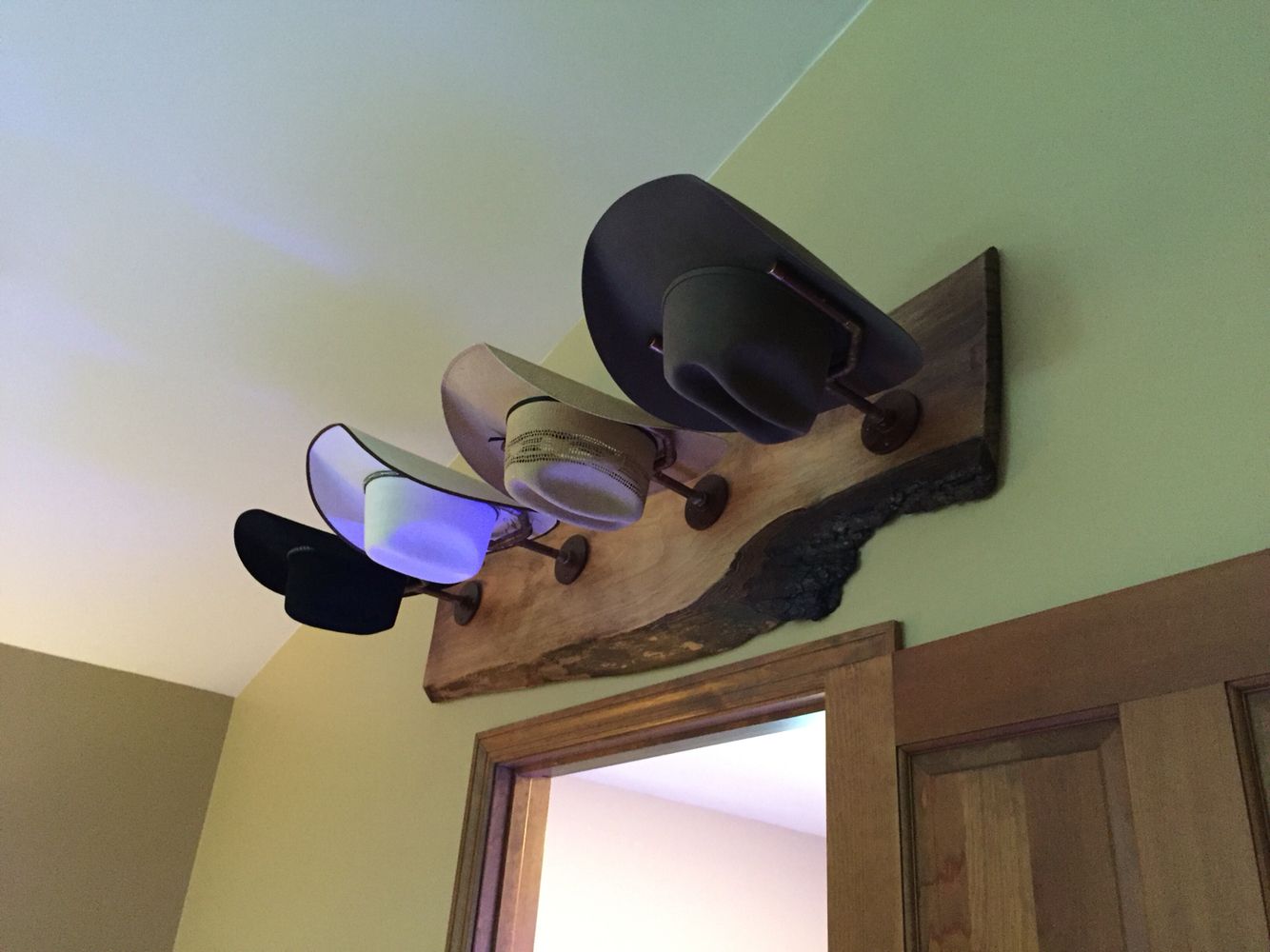
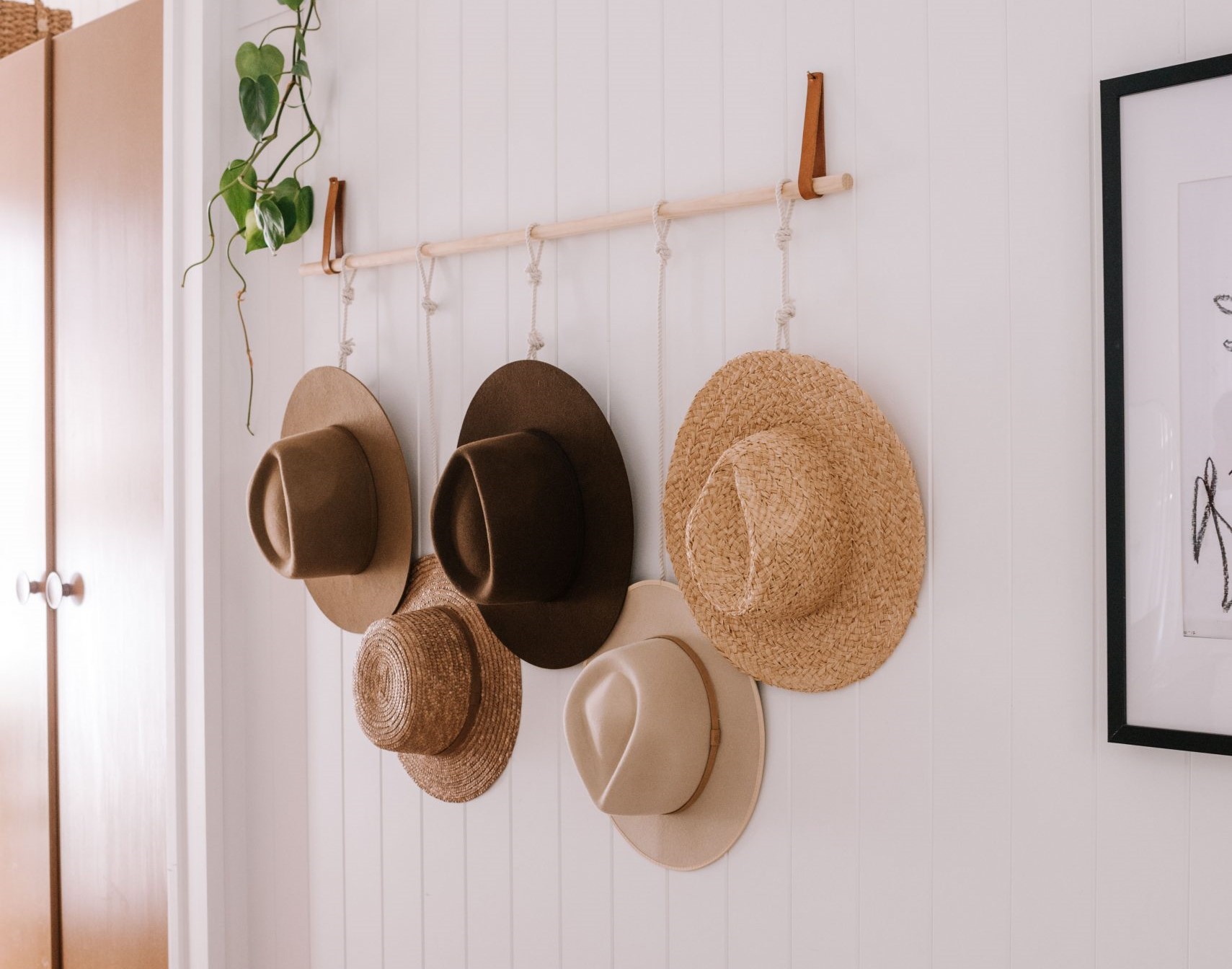
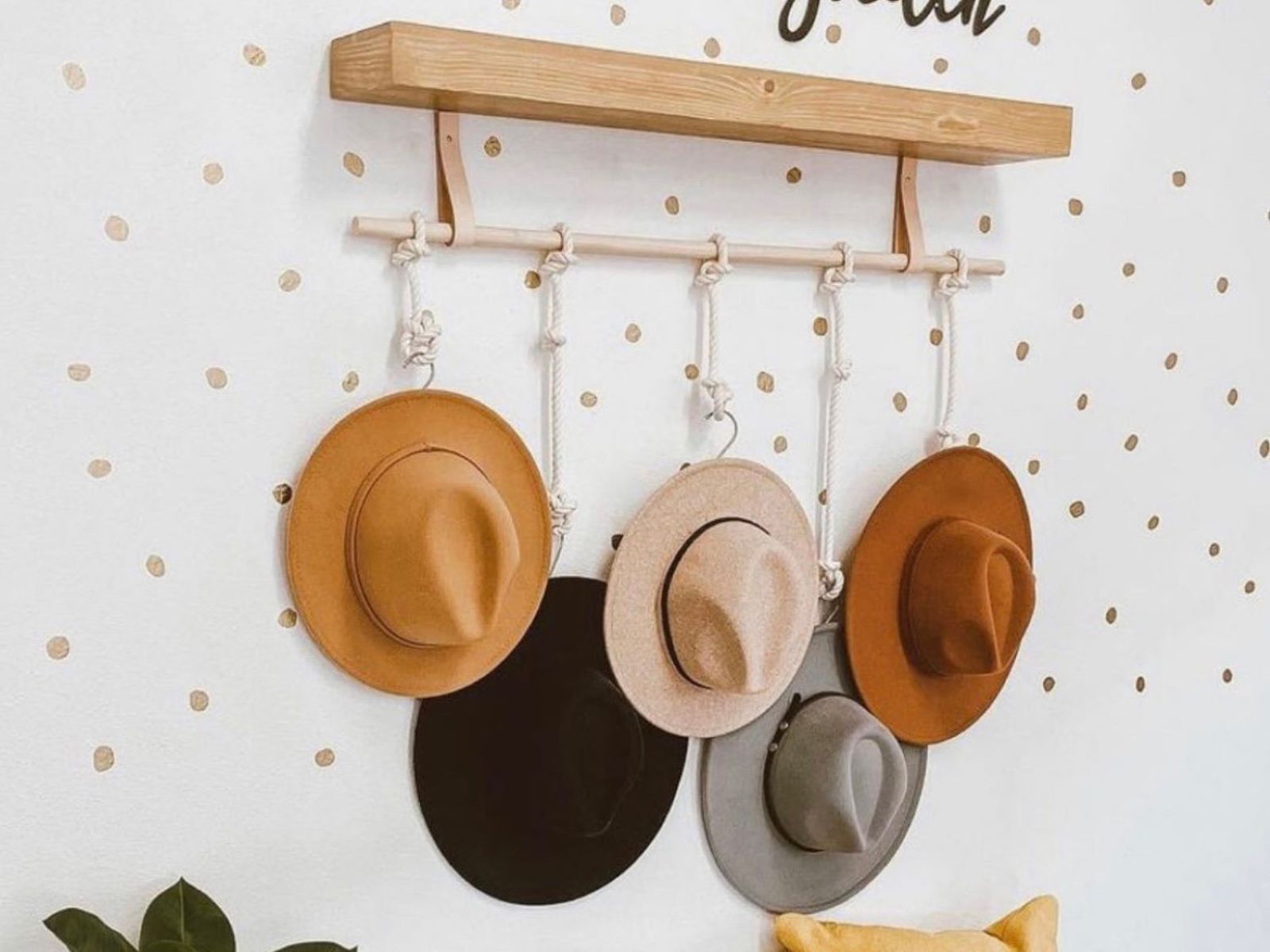

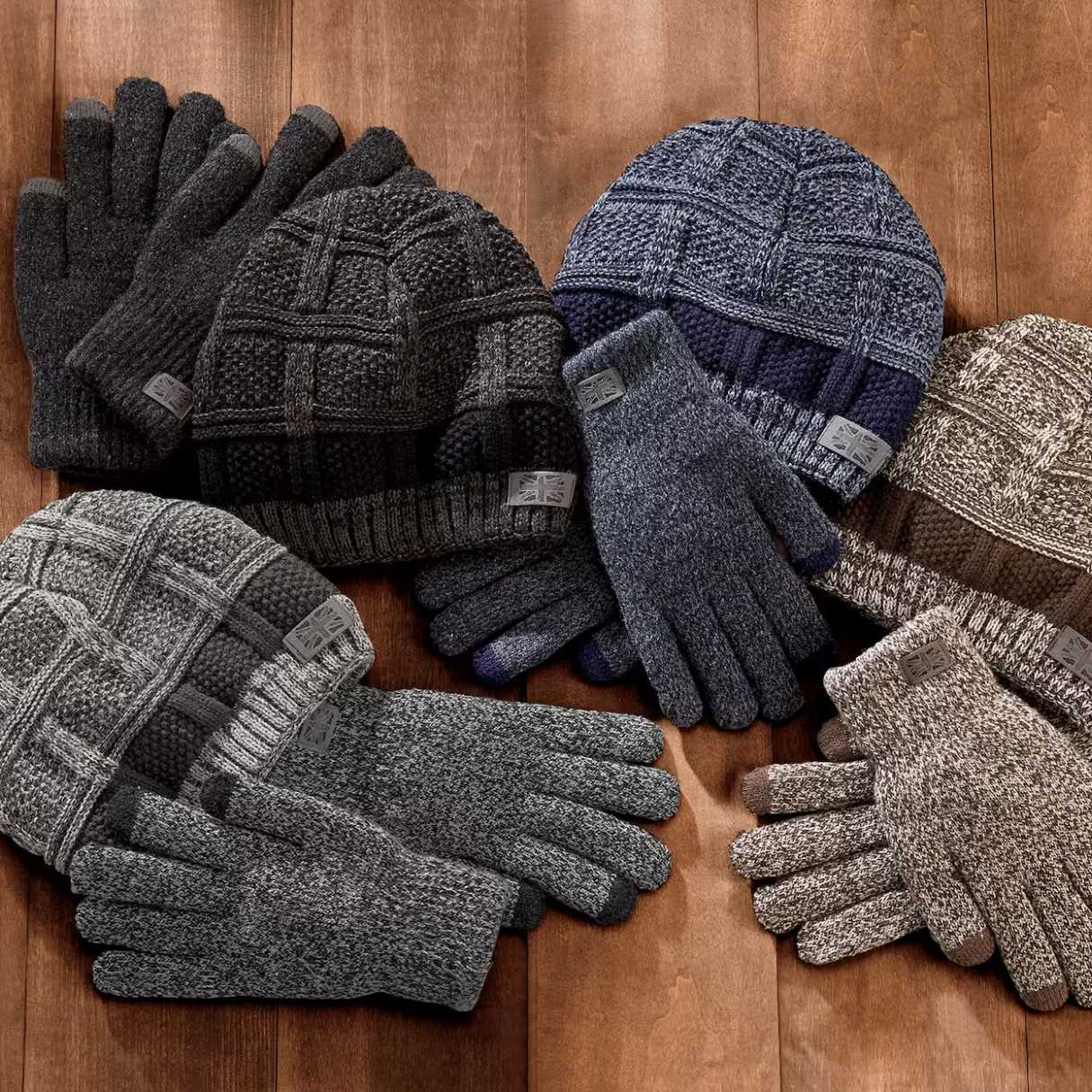
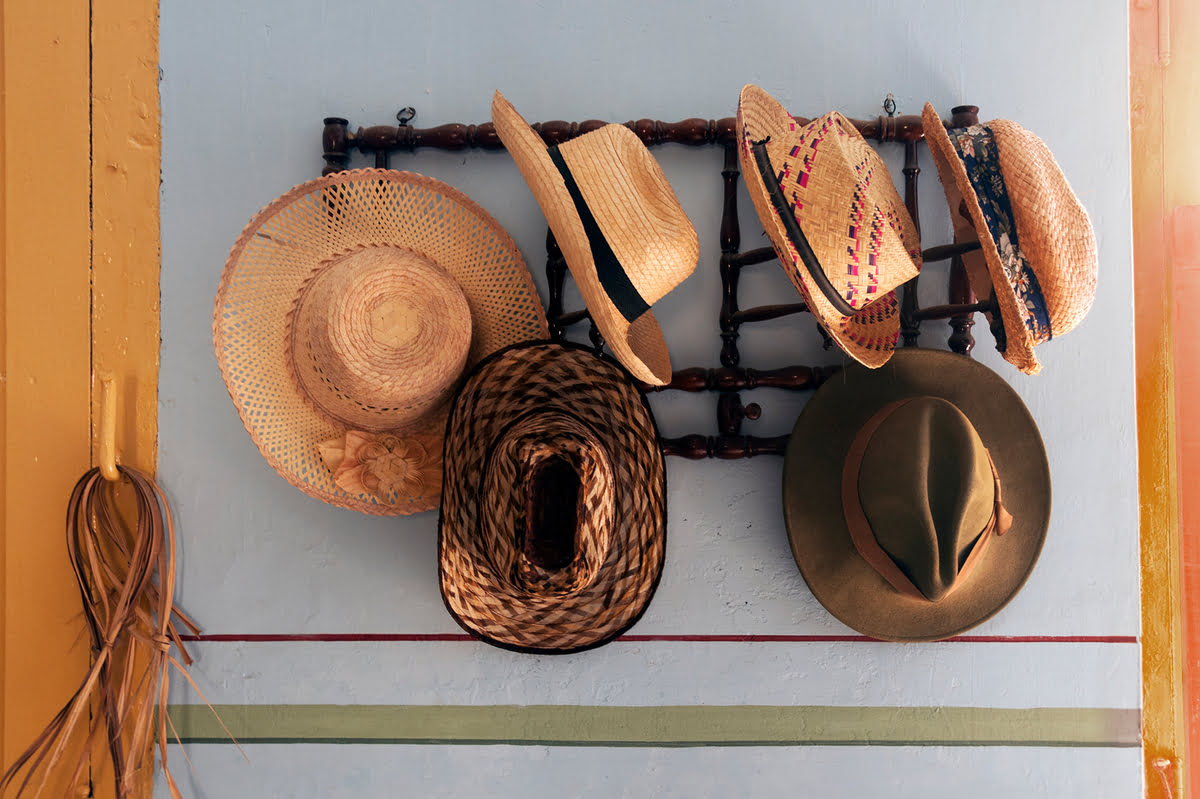
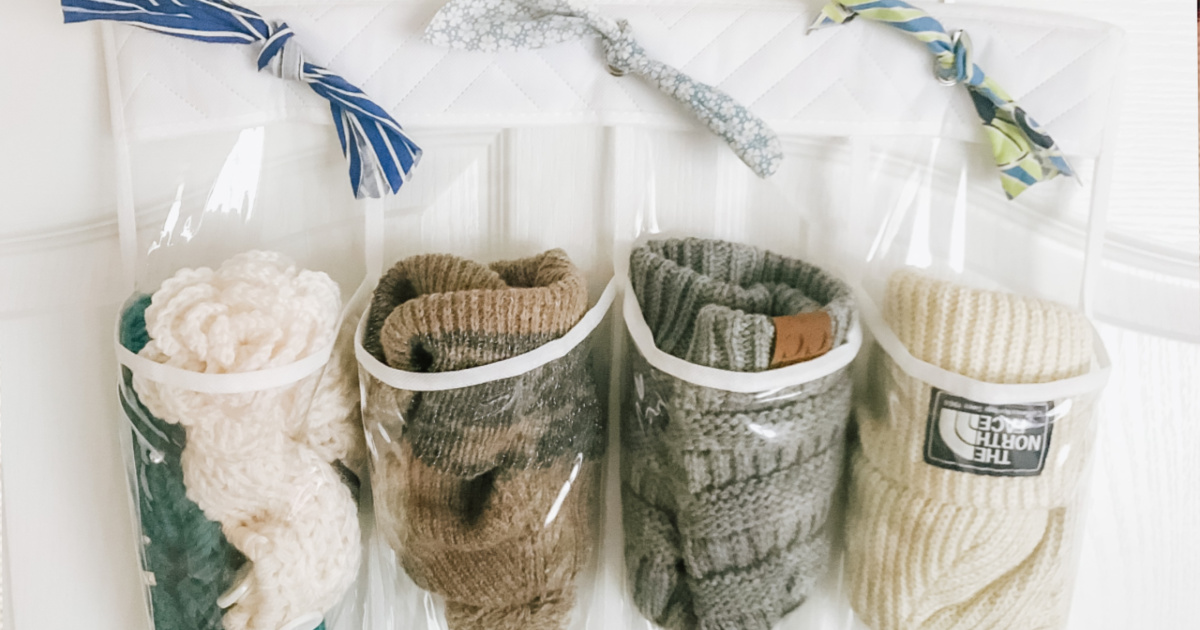

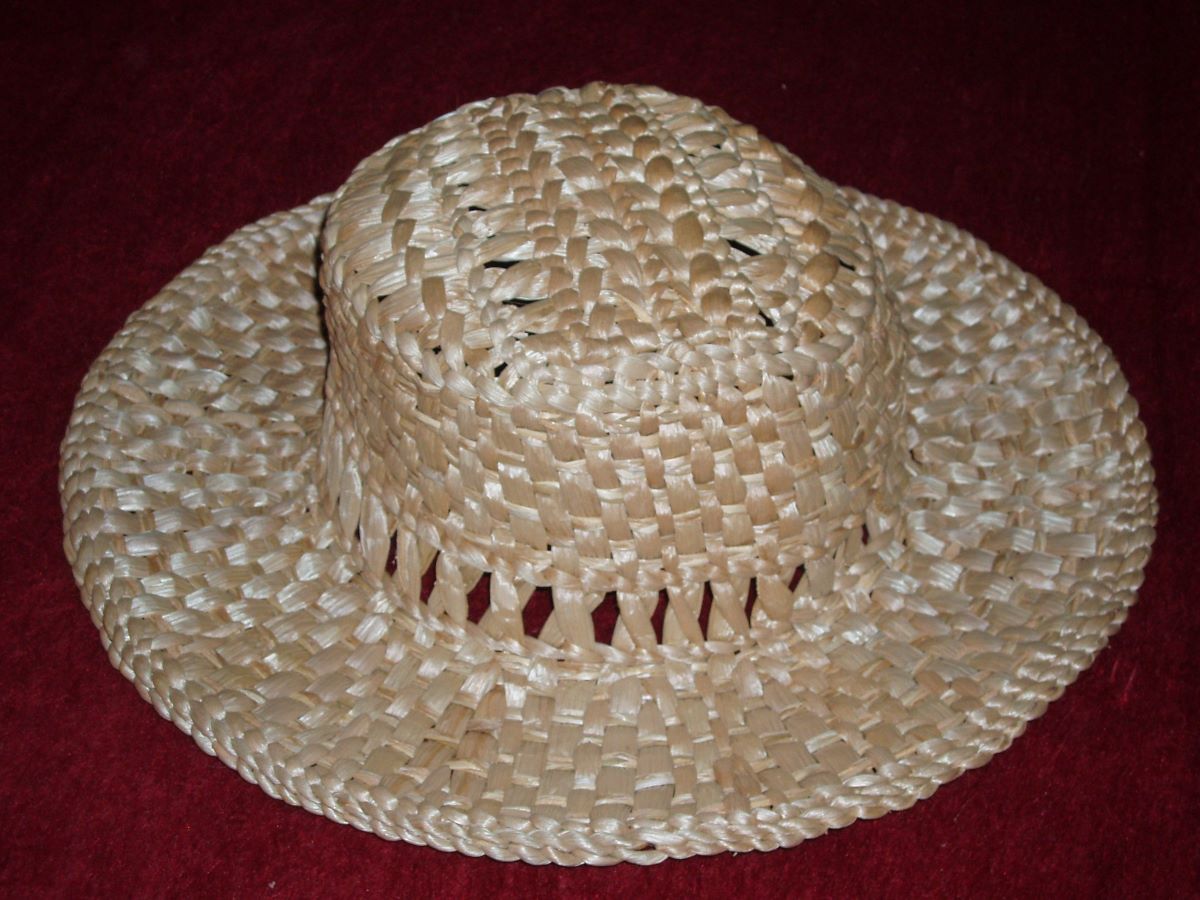
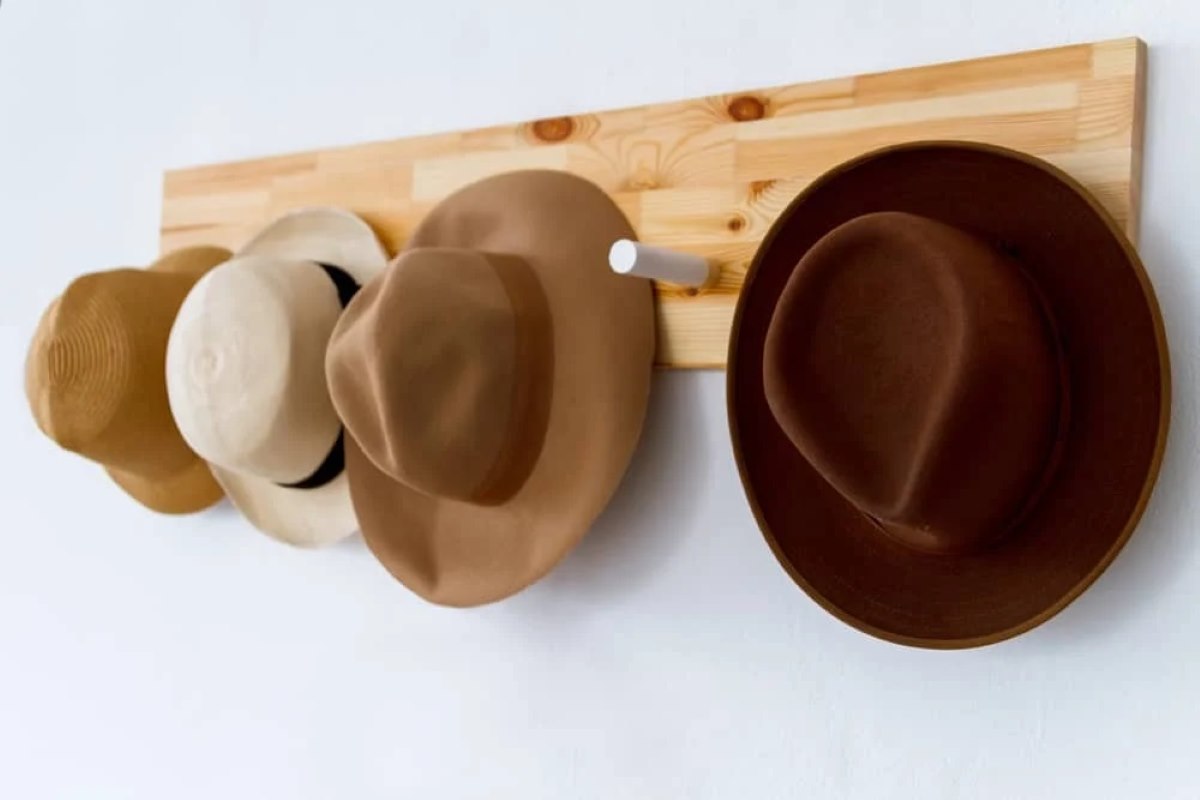

0 thoughts on “How To Store Hats In Closet”